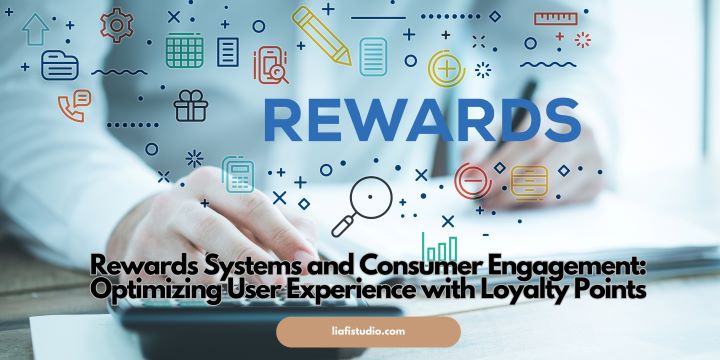The Psychology Behind Loyalty Points
Delving into the rationale behind loyalty points uncovers a web of psychological triggers. Rewards in points satisfy the human inclination towards goal-setting and achievement. Each accumulated point represents progress, fueling the individual’s motivation to engage further with the platform. The anticipation of earning more points can make the interaction with digital services akin to a game where users are constantly motivated to level up.
The endowment effect, where individuals ascribe higher value to things merely because they own them, also comes into play. Once earned, loyalty points are perceived as personal assets, increasing the incentive to remain engaged with the platform that bestowed them. The ‘endowed progress effect’ magnifies this phenomenon, boosting commitment to a task when individuals believe they have a head start, a potent strategy to enhance user engagement with loyalty programs.
The Role of Reward Systems in Digital Platforms
Establishing a robust rewards program for game creators on digital platforms has proven to be a game-changer. By implementing a well-structured system of rewards, companies are tapping into the potential of loyalty points to enhance user participation and engender a community of enthusiasts who frequently engage with the platform. Through robust reward mechanics, users are encouraged to evolve from occasional visitors to core community members who actively contribute, thus achieving sustainable business growth through engagement and retention.
These systems work because they touch upon some basic tenets of human behavior. When customers feel acknowledged and rewarded for engaging with a service or product, they are more likely to return and bring their friends along. Such reward systems are akin to a virtuous cycle for user retention; as users accumulate rewards, they deepen their commitment to the platform, enhancing customer loyalty and a better business bottom line.
Integrating Reward Points into User Experience
The integration of reward systems into a user’s digital experience should be seamless and intuitive. A prime example might be to embed loyalty points within a user’s interaction with the platform in a way that feels rewarding without being obtrusive. For instance, providing visual cues and immediate feedback when points are earned can produce a sense of instant gratification and encourage continued engagement. It’s all about the user feeling that they are naturally achieving these points as part of their digital interaction, rather than being an afterthought or separate effort they must go out of their way to obtain.
Comparing Different Loyalty Program Structures
Let’s delve into the varied architectures of loyalty programs, for only some models fit all user types or business goals. Some loyalty programs operate on a simple point-per-purchase system, which is easy for consumers to understand and engage with. Others may involve tiered membership levels with increasing perks, tailor-made to foster a long-term relationship and progressively elevate the members’ status as they climb the loyalty ladder. The structure chosen must resonate with the intended audience and align with the overarching business strategy to encourage sustainable program interaction.
Real-World Success Stories of Loyalty Programs
Across industries, there are notable examples of companies that have crafted loyalty programs with outstanding results. An insightful analysis by Forbes showcases how a strategic rewards program can create a dedicated customer base that consistently engages with the brand and serves as its champion. These case studies provide invaluable perspectives into the nuanced execution and substantial benefits of effective loyalty systems that can propel companies toward greater profitability and market dominance.
Best Practices for Implementing Reward Systems
Implementing a rewards system is not merely about launching it — crafting a program that provides value to both the users and the business. Establishing clear rules and maintaining transparency about earning and redeeming points can dissuade customer confusion or distrust. Personalization is another critical element; when users receive offers and rewards tailored to their interests and past behaviors, the perceived value of those rewards skyrockets, driving further engagement and loyalty. Exclusive rewards can also be powerful motivators by promoting a sense of exclusivity and privilege.
Challenges to Consider in Loyalty Programs
The path to a successful loyalty program can be challenging. One of the main challenges lies in creating a system that is secure and resistant to exploitation. Properly balancing the cost of implementing and maintaining the rewards program with the tangible benefits it brings is also paramount. Effective communication strategies to educate users about the program’s benefits can mitigate these challenges and help sustain a healthy and beneficial rewards ecosystem.
Future of Rewards: Trends & Innovations
The dynamic loyalty program landscape is poised to incorporate cutting-edge technologies to personalize further and secure the rewards exchange. Innovations such as blockchain technology promise immutable points transactions, giving users confidence in the integrity of the points they earn. Trend analysis by sources like Business Journals suggests an upcoming surge in analytics to precisely tailor loyalty programs, offering users rewards that genuinely resonate with their preferences and behaviors. Such advancements herald a bright future where loyalty programs become even more integrated into the user’s lifestyle, enhancing user satisfaction and business success.







